Home>Ideas and Tips>Backyard Fruit Tree Planting to Grow Your Own Orchard
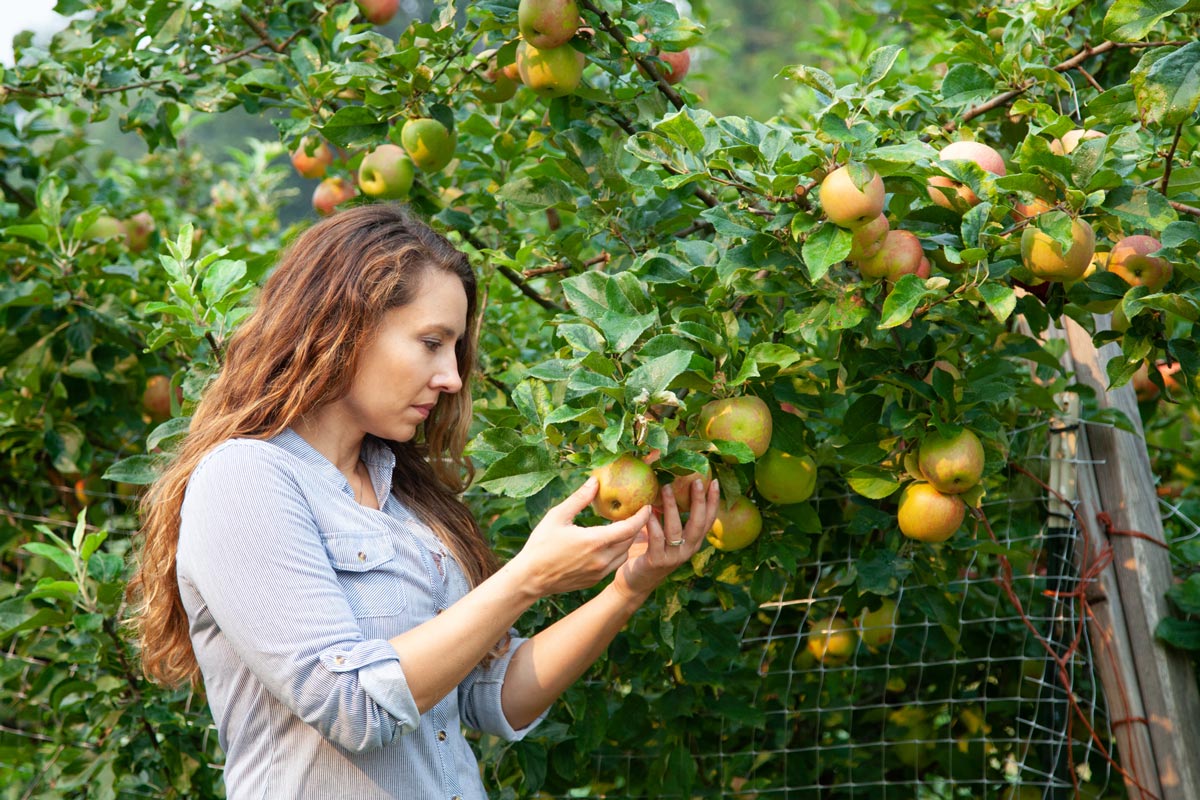

Ideas and Tips
Backyard Fruit Tree Planting to Grow Your Own Orchard
Published: September 23, 2024
Learn how to plan, plant, and maintain a thriving backyard orchard with our comprehensive guide to growing your own fruit trees.
(Many of the links in this article redirect to a specific reviewed product. Your purchase of these products through affiliate links helps to generate commission for Storables.com, at no extra cost. Learn more)
Growing your own backyard orchard is a rewarding and fulfilling experience that can provide you with fresh, delicious fruit right in your own yard. Whether you have a small plot of land or a larger area, planting fruit trees can be a great way to enhance your home's beauty and functionality. In this article, we will guide you through the process of planning, planting, and maintaining a thriving backyard orchard.
Planning Your Backyard Orchard
Before you start planting, it's essential to plan out your orchard carefully. This involves several steps:
Read more: Starting A Backyard Orchard With Fruit Trees
1. Choose the Right Location
The location of your orchard is crucial. Fruit trees generally require full sun to produce well, so choose a spot that receives at least six hours of direct sunlight per day. Additionally, consider the soil type and drainage. Most fruit trees prefer well-drained, moisture-retentive soil with a relatively neutral pH.
2. Select the Right Fruit Trees
With so many varieties of fruit trees available, it's important to choose ones that are well-suited to your climate and the space you have available. Consider factors like disease resistance, pollination requirements, and the mature size of the tree. For example, if you're in a cooler climate, apples and pears might be good choices, while warmer climates might be better for peaches and figs.
3. Consider Space and Layout
When planning your orchard, think about how you want to use the space. You can use techniques like high-density planting or espalier to maximize the number of trees in a small area. This not only increases the variety of fruits you can grow but also extends the harvest season.
4. Research Local Recommendations
Consult with local nurseries, gardening clubs, or extension services for advice on which fruit trees perform well in your area. These resources can provide valuable insights into specific cultivars that thrive in your climate and soil conditions.
Preparing the Soil
Preparing the soil is a critical step in ensuring the health and productivity of your fruit trees. Here are some tips:
1. Test the Soil pH
Fruit trees generally prefer a slightly acidic to neutral soil pH, ranging from 6.0 to 7.0. If your soil is too alkaline or acidic, it may affect the tree's ability to absorb nutrients.
2. Add Organic Matter
Adding organic matter like compost or manure can improve soil structure and fertility. This helps the roots of the trees grow deeper and wider, making them more resilient to drought and other stresses.
3. Use Mycorrhizal Fungi
Mycorrhizal fungi can form beneficial networks with the roots of your fruit trees, enhancing nutrient uptake and overall plant health. These fungi are available as powders or gels and can be applied at planting time.
Planting Fruit Trees
Once you have prepared the soil, it's time to plant your fruit trees:
1. Dig a Proper Hole
Dig a hole that is at least 30% larger than the root ball of the tree. This ensures that the roots have enough space to grow without becoming constricted.
2. Handle the Roots Carefully
When planting bare-root trees, gently spread out the roots without damaging them. If you're planting potted trees, make sure not to disturb the root system too much.
3. Plant at the Right Depth
Plant the tree at the same depth it was in the nursery or pot. Make sure the graft union (if applicable) is above the soil level to prevent water from entering and causing rot.
4. Water Thoroughly
Water the tree thoroughly after planting and continue to water regularly during the first 18 months. This helps establish a strong root system and promotes healthy growth.
Post-Planting Care
After planting, there are several post-care activities you should perform to ensure your fruit trees thrive:
1. Mulching
Mulching around the base of your fruit trees helps retain moisture, suppress weeds, and regulate soil temperature. Use organic mulch like wood chips or straw, keeping it at least 6 inches away from the trunk to avoid rot.
2. Staking
Staking young fruit trees can help them grow upright and develop resilience against wind and other environmental stresses. Use a low stake that secures the roots without restricting the upper part of the tree.
Read more: How To Grow Orchard Grass
3. Pruning
Pruning is essential for maintaining the size and shape of your fruit trees. Prune in the summer when the tree is actively growing to control its size and promote fruiting wood. Remove any dead, diseased, or damaged branches to prevent disease spread and encourage healthy growth.
Managing Pests and Diseases
Fruit trees are susceptible to various pests and diseases. Here are some common issues and how to manage them:
1. Insect Pests
Common insect pests include aphids, codling moths, and spider mites. Use organic methods like neem oil or insecticidal soap to control infestations. Encourage beneficial insects like bees and ladybugs by planting flowers that attract them.
2. Fungal Diseases
Fungal diseases such as powdery mildew and scab can affect fruit trees. Regularly inspect your trees for signs of infection and treat promptly with fungicides. Improve air circulation around the trees by pruning them regularly.
Harvesting Your Fruit
The moment you've been waiting for – harvesting your fruit Here are some tips:
1. Choose the Right Time
Different fruit varieties have different ripening times. Check the specific variety's requirements for optimal harvest timing. For example, apples typically ripen in late summer or early fall.
2. Handle Fruit Carefully
When harvesting fruit, handle it gently to avoid bruising or damaging the skin. Use clean tools to prevent transferring bacteria from one fruit to another.
3. Store Properly
Store harvested fruit properly to extend its shelf life. For example, apples can be stored in a cool, dry place for several months if they are not eaten immediately.
Read more: How To Grow Your Own Lavender For Relaxation
Tips for Success
Growing a successful backyard orchard requires patience, dedication, and knowledge. Here are some additional tips:
1. Start Small
Begin with a small number of trees and gradually expand as you gain experience and confidence in your abilities.
2. Learn from Mistakes
Don't be discouraged by mistakes – they are an opportunity to learn and improve next time around.
3. Enjoy the Journey
Growing an orchard is not just about producing fruit; it's also about enjoying the process of nurturing life and watching your trees grow over time.
Conclusion
Growing your own backyard orchard is a rewarding experience that can provide you with fresh, delicious fruit while enhancing your home's beauty and functionality. By following these steps – planning carefully, preparing the soil properly, planting at the right time, and managing pests and diseases – you can create a thriving fruit tree orchard that will bring joy for years to come.
Remember that every orchard is unique, so find what works best for you and stick with it. With time and practice, you'll become an expert in growing your own fruit trees, enjoying the fruits of your labor in every sense of the word.
References: https://www.reddit.com/r/BackyardOrchard/comments/1b6pitv/advice_for_someone_starting_a_new_orchard/ https://arbordayblog.org/landscapedesign/starting-a-backyard-orchard/ https://www.davewilson.com/home-garden/backyard-orchard-culture/ https://www.countrylife.co.uk/gardens/gardening-tips/the-ultimate-guide-to-planting-your-own-orchard-getting-it-right-is-easy-sadly-so-is-getting-it-wrong-223567 https://montanahappy.com/3-steps-on-planning-your-mini-backyard-orchard/
Was this page helpful?
At Storables.com, we guarantee accurate and reliable information. Our content, validated by Expert Board Contributors, is crafted following stringent Editorial Policies. We're committed to providing you with well-researched, expert-backed insights for all your informational needs.
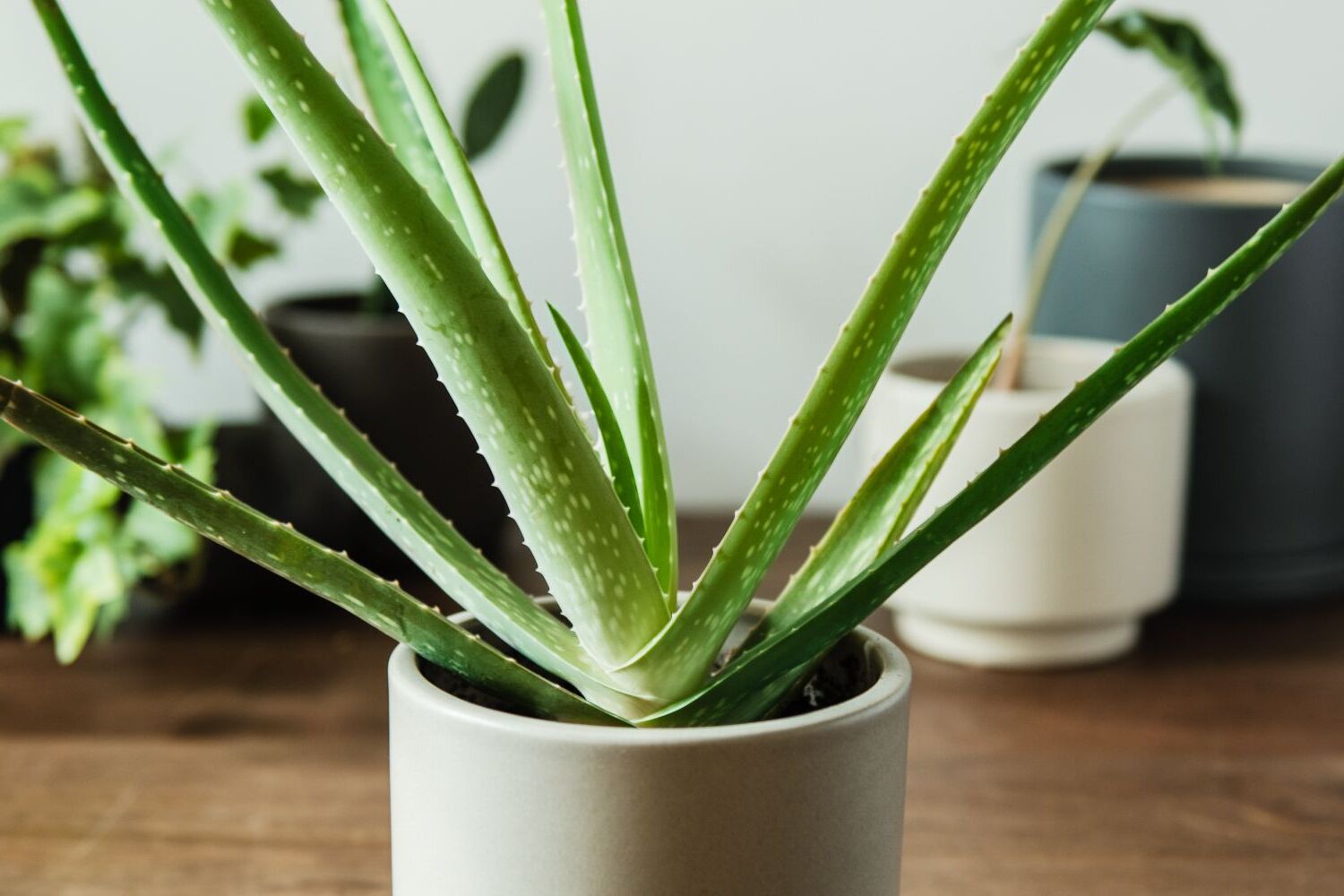
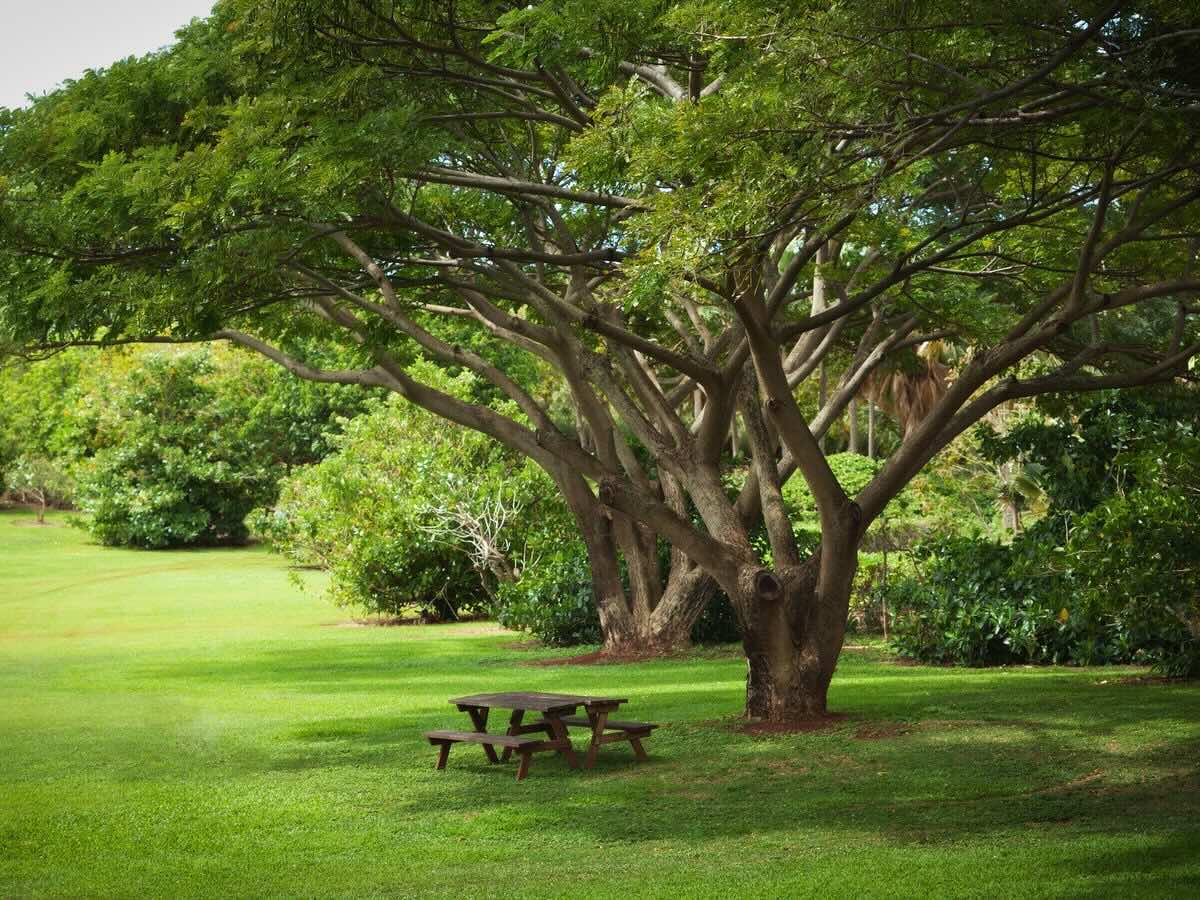



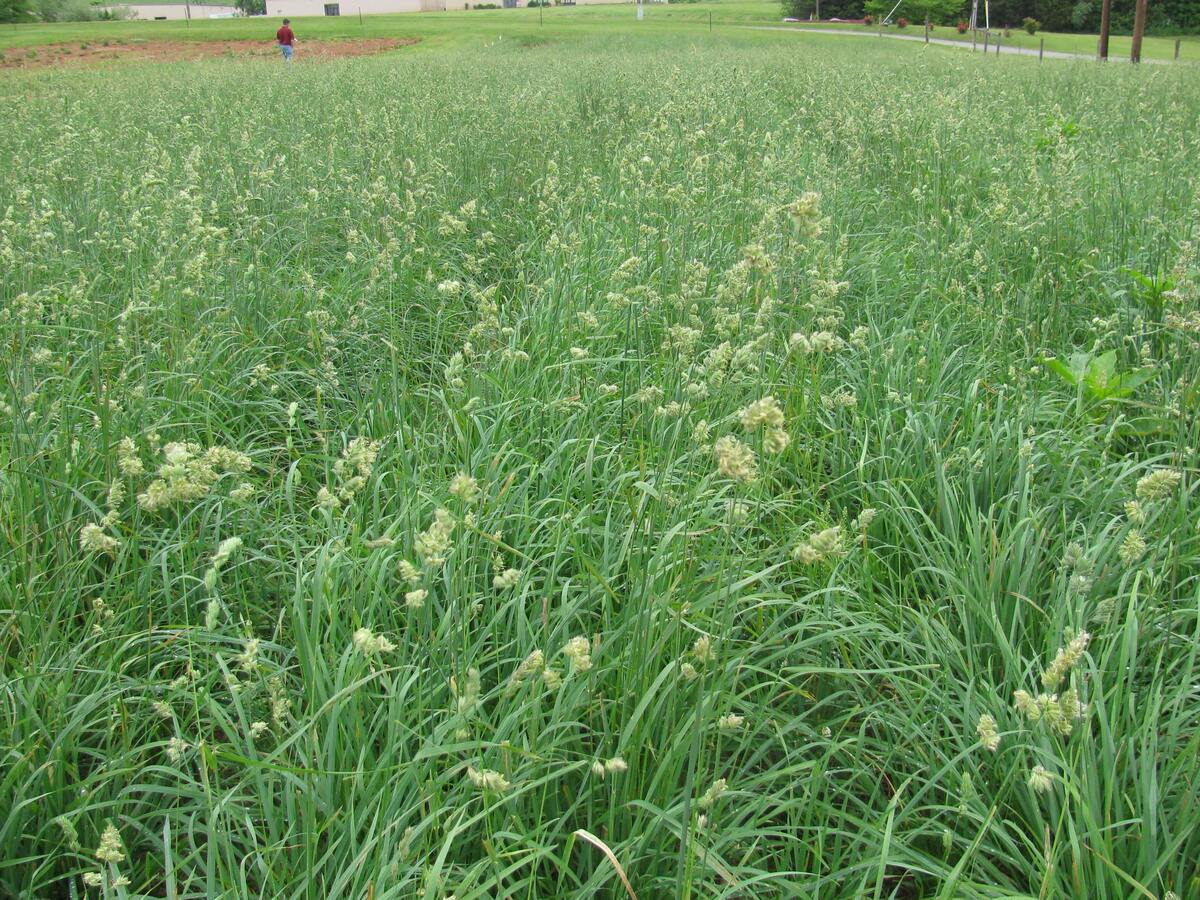
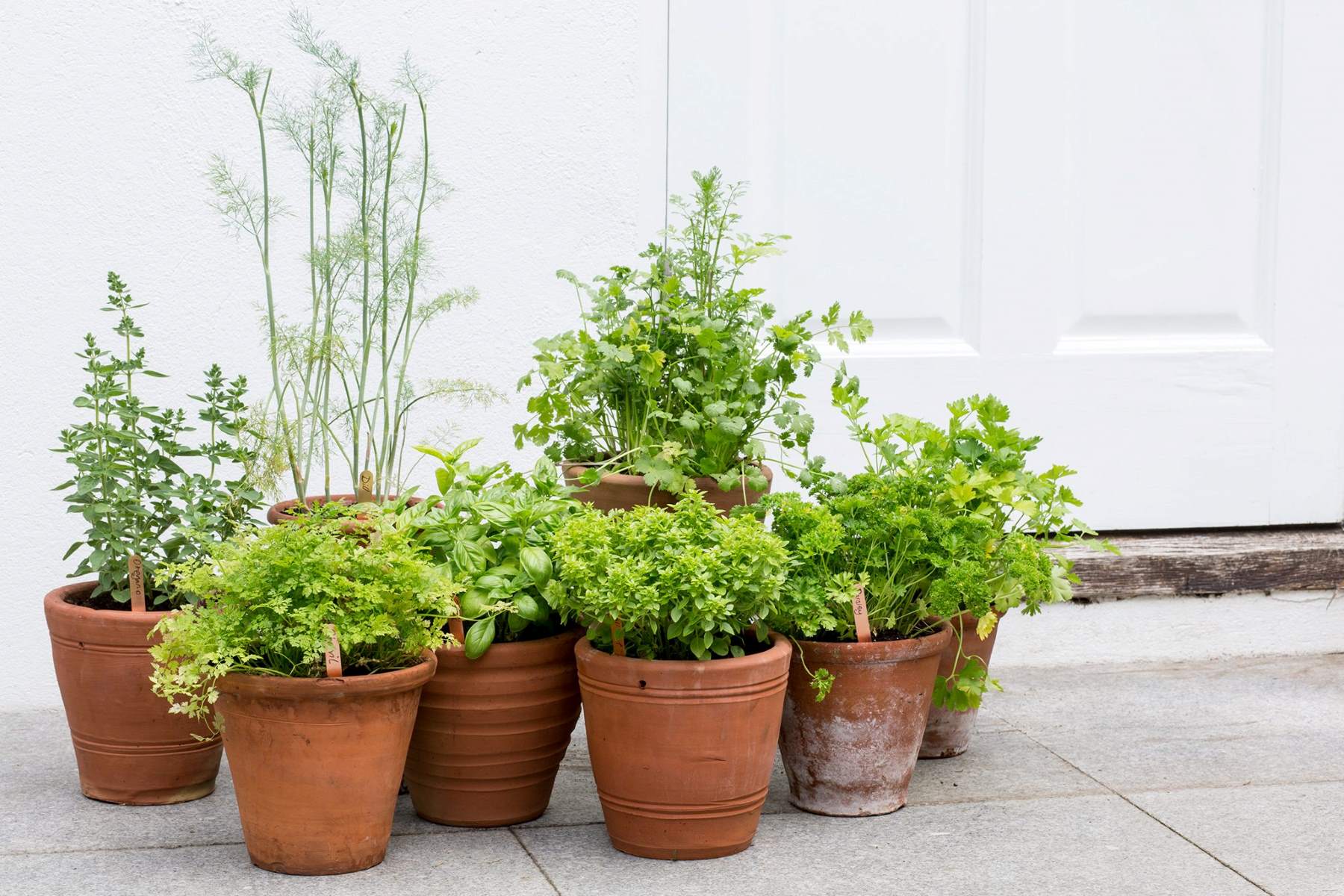


0 thoughts on “Backyard Fruit Tree Planting to Grow Your Own Orchard”